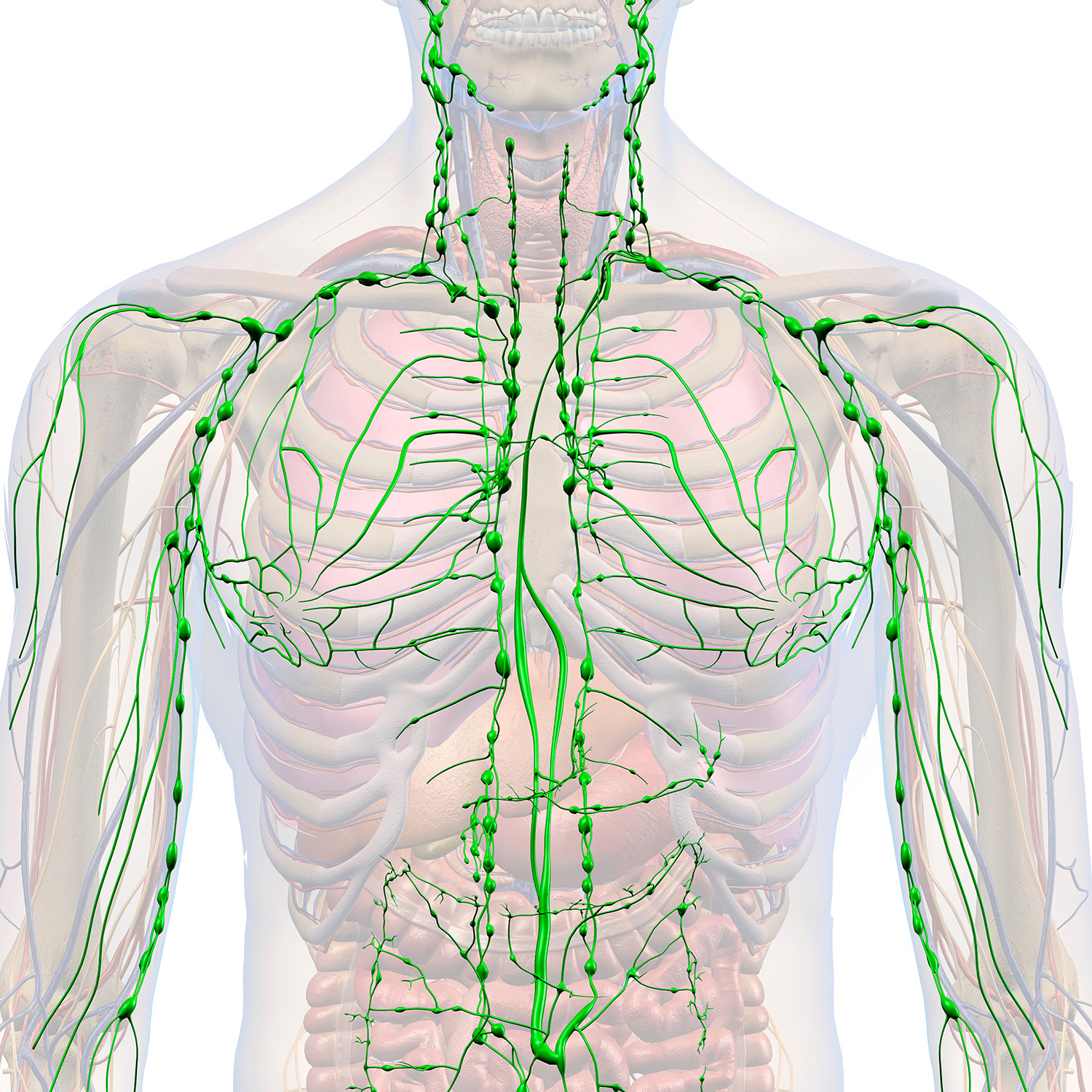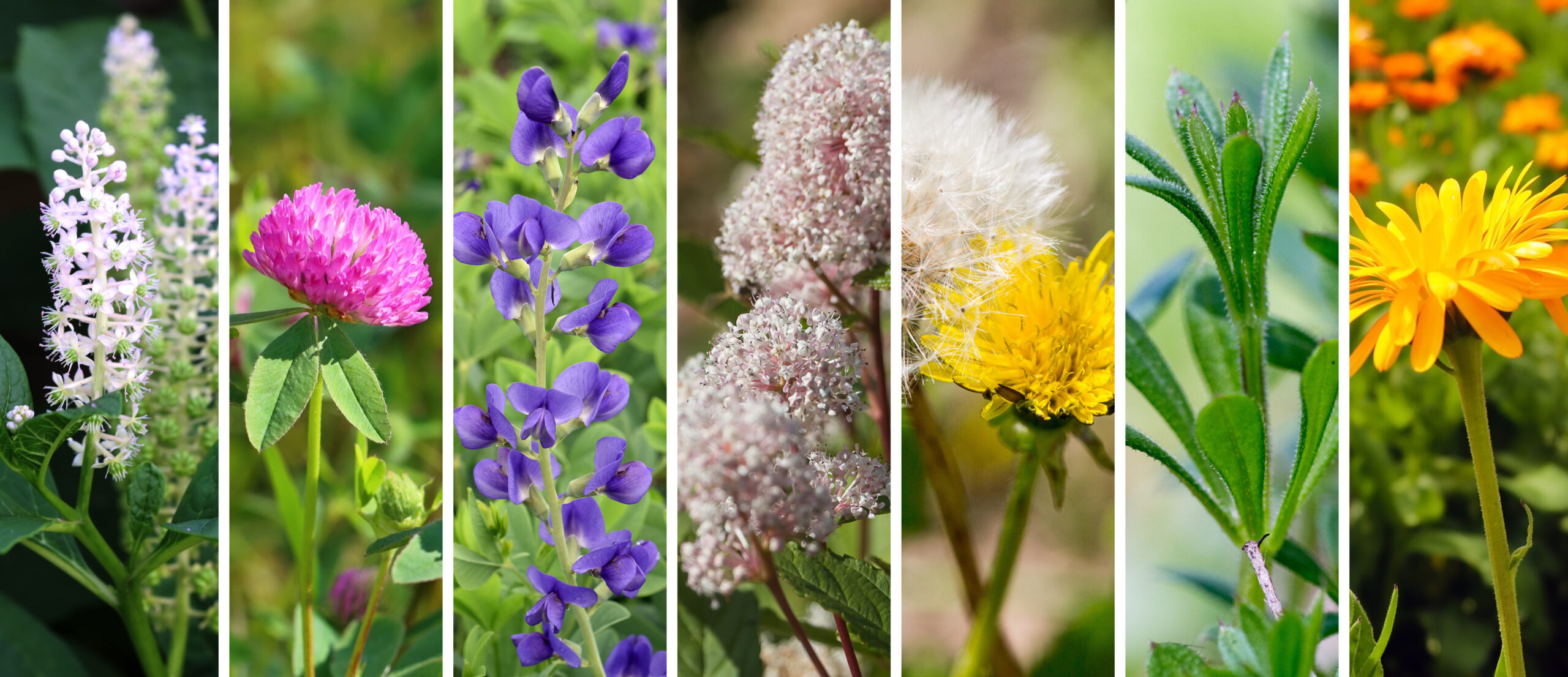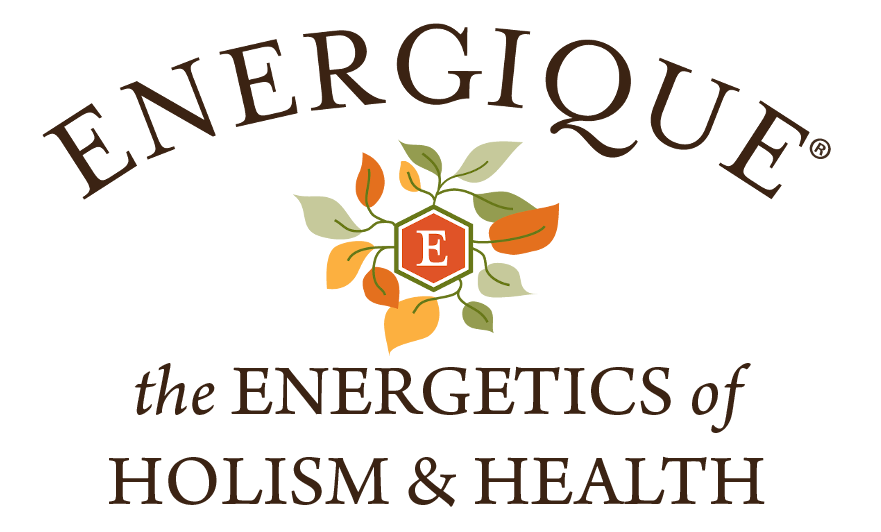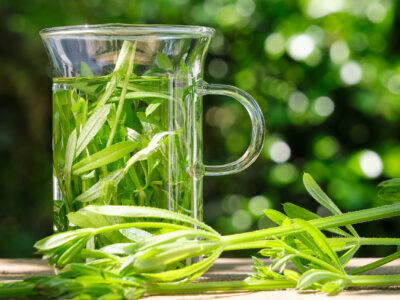Lymphagogue is one of the classic herbal indications and among the most prevalent to be found in traditional sources of herbal wisdom. Referring to an herb’s ability to move or stimulate the flow of lymph, the term lymphagogue describes many of the most useful herbs and is a common object of herbal formulas. The Energique® products Scrophularicom™, Trifolocom™, and Lymph-Clear are all examples of lymphagogue formulas, and in addition lymphagogue herbs, play a role in many other of our herbal combinations. The most classic use of lymphagogue formulas is to stimulate lymphatic drainage, a natural process of the body crucial to maintaining health. But when exactly should lymphatic drainage be considered as a therapeutic target?
As a therapy, lymphatic drainage can help to address numerous conditions, but as a term, it is difficult to reconcile within our modern disease paradigm. Just as traditional herbal “alternatives” were used to treat “blood dyscrasias” before the germ theory of disease became prominent, lymphagogues were favored by traditional herbalists in a time when little was known about the immune system. Such concepts as autoimmune disease, where the body’s immune system destroys its own tissues, and post-viral syndromes, the nature of which is only beginning to be understood, were completely unknown to traditional healers who had no knowledge of viruses or modern immunology. Even the concept of allergy is a fairly recent way of diagnosing disease symptoms, given that the term first appeared in 1906, and our understanding of the mechanisms involved came much later. Much of the wisdom comprising traditional herbalism came from healers practicing before that time, in many cases long before that time, back when “lymph” was a bodily fluid and the concept of an “immune system” was entirely unknown. Before the modern era, there were no herbs for immune support, although all of our present immune support herbs were widely employed for a variety of conditions. Lymphagogues, however, were a lot more common.
Since the immune system is essentially comprised of lymphatic cells concentrated in areas where lymphatic fluid flows, it is tempting to equate lymphagogue with immune-supporting; in other words to assume lymphagogues were what herbalists called immune support before an immune system was recognized. This is a gross oversimplification however, for while some lymphagogues like Phytolacca americana and Calendula officinalis are believed to be immune-stimulating, many more like Galium aparine and Ceanothus americanus are not, at least not directly. As a therapeutic action, the term lymphagogue does not imply that an herb has any antimicrobial effect, nor that it enhances the capability of immune cells to resist or destroy pathogens. It simply means that the herb can increase lymphatic flow, particularly in areas where it may have become congested.

The body’s lymphatics refers to a capillary-like network of vessels meant to drain extracellular fluid and recover water and proteins when they leak out of blood vessels, which happens inevitably. Blood vessels are designed to be slightly leaky, and can be triggered to become even more so by the immune system via inflammatory markers. When the immune system becomes activated, either by infection or simply by injury, blood vessels become leaky so that immune cells can travel through them and access the areas they are meant to clean up. Any place in the body where there is inflammation or stagnant circulation, increased leakage from blood vessels occurs, and it is the job of the lymphatics to collect this fluid, drain it through the body, and eventually dump it back into the bloodstream. It almost serves like a system of gutters, collecting runoff and processing it at specialized treatment centers before releasing it back into circulation. These specialized treatment centers are the lymph nodes, where immune cells are highly concentrated for the purpose of decontaminating and destroying waste, be it pathogens, mutated cells, or even plasma proteins and foreign bodies. Since much of the immune system’s activity occurs in lymph nodes and operates on substances delivered there through the lymph, an herb, which helps stimulate the flow of lymph, can thus indirectly assist with normal immune function.
Lymphagogues therefore play a directly supportive role alongside other immune-boosting herbs, and in fact many immune support formulas will include lymphagogues specifically for this reason. Among the most famous and popular herbal formulas for immune support is the HEMP formula (having nothing to do with the hemp plant), consisting of Hydrastis, Echinacea, Myrrh, and Phytolacca. While Hydrastis, Echinacea, and Myrrh possess immune-stimulating and antimicrobial properties, Phytolacca supports the overall formula as a lymphagogue with a strong affinity for the throat, a common site of lymphatic congestion. Energique® Echinacom™ is based on this very old formula from traditional herbal medicine, with the addition of Red Clover to provide additional lymphatic support to the respiratory system. Indeed, many lymphagogues are known to have specific tissue affinities, and many of the herbal formulas available for immune support provide variations on this basic theme, combining primary herbs with a lymphagogue specifically chosen for the organ or tissue most in need of support.
Some Lymphagogue Herbs and their Tissue Affinities:
Poke Root (Phytolacca americana) – throat
Red Clover (Trifolium pratense) - lungs
Wild Indigo (Baptisia tinctoria) – intestines and Peyer’s patches
Red Root (Ceanothus americanus) – spleen
Dandelion (Taraxacum officinale) - liver
Cleavers (Galium aparine) – kidneys
Marigold (Calendula officinalis) – skin and connective tissue

While these specific tissue affinities are useful to know, they are also somewhat of an oversimplification, and many useful lymphagogues defy such neat characterization. Herbs like Calendula, Sarsaparilla, Stillingia, and Scrophularia are incredibly powerful lymphagogues but demand a more nuanced approach than simply matching to a particular organ, and even for the examples above, their usefulness is not restricted to a single area. Red Clover, for example, also has a strong affinity for the female endocrine system, and cleavers can be useful for the skin as well as the kidneys. To truly get the most out of lymphagogues, their specific indications should be studied.
Besides supporting the immune system, lymphagogues provide the backbone of most herbal approaches to detoxification. It should be remembered that one of the primary roles of the lymphatic system is to remove waste from the tissues – although organs of elimination like the liver and kidneys remove waste from the body, these organs act upon the bloodstream, and cannot really address toxins that are not present in the bloodstream. This is where the lymphatics come in, draining extracellular fluid while serving as a gutter to collect what leaks out of the bloodstream, passing it through lymph nodes before transporting back it into the circulation, where it can be eliminated.
While the immune system is often conceptualized as a sort of militant defense force that protects the body from invaders, this paradigm is largely a projection of the culture which originated it, and is somewhat narrow in capturing the immune system’s true function in the body. While it is not untrue that the immune system protects the body from invaders, it is equally true that immune cells spend much of their time phagocytizing dead cells, recycling iron from dead red blood cells, removing the remnants of damaged connective tissue, and clearing other various forms of debris. It would be equally valid to compare the immune system to a waste management service, likening white blood cells to the body’s janitors as well as to its soldiers, so it makes sense that lymphatic vessels would drain through lymph nodes where most of these cells reside.
When it comes to the question of when to use lymphagogues, the real question would seem to be when not to use them. Because they support cellular detoxification, they can arguably be considered crucial to addressing anything holistically, but given how many tools are available to stimulate detoxification, lymphagogues should still be reserved for situations where they are likely to be most effective. Namely, specific lymphagogue formulas should be employed when there is evidence of poor lymphatic drainage. The most reliable indication of this is swelling or congestion, especially if it is unilateral or confined to a specific area of the body. Lymphagogues can also be considered when there is a history of self-limited complaints taking longer than expected to resolve.
There are numerous areas of the body which are especially prone to congestion, such as the head, the sinuses, the abdomen (a frequent cause of bloating), and the skin, especially the face and extremities. Lymphagogue herbs can play a role in supporting the health of all of these tissues, and even promote other signs of vibrant health like high energy levels, cognitive focus, clear skin, and the ability to resist water retention. It is likely that lymphagogues achieve this by promoting normal processes of detoxification, helping to clear the body of old immune proteins and inflammatory markers that are no longer needed. Some of the more common signs that lymphatic drainage may be of benefit include sluggishness (physical or mental), water retention, bloating, dry or unhealthy skin, and stiffness or swelling of the limbs, but it can also be useful as an adjunct treatment whenever detoxification or immune support is needed.


 Novel Approaches to Support Healthy Blood Sugar
Novel Approaches to Support Healthy Blood Sugar